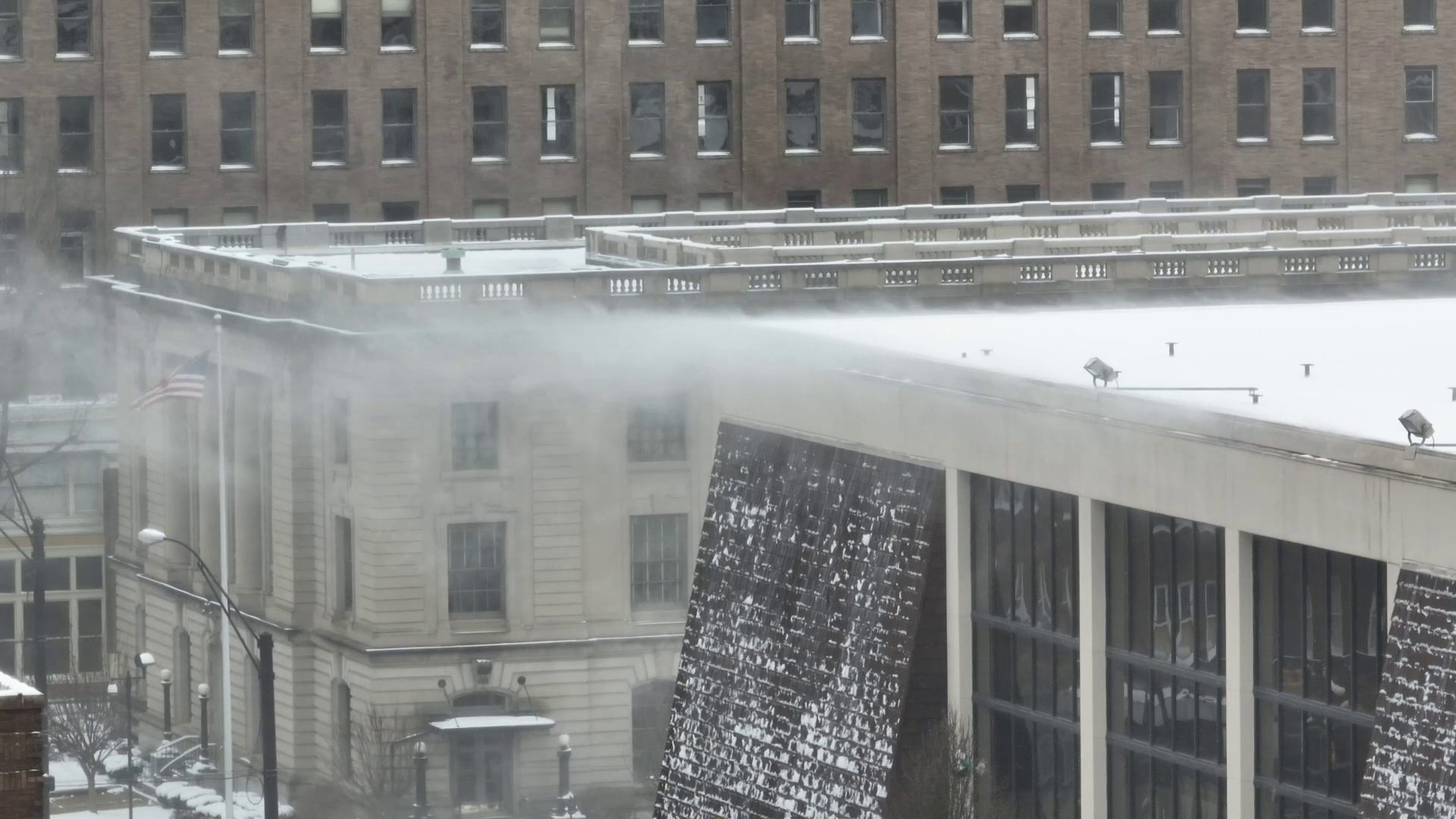Indiana’s recent cold spell brought ‘historic’ subzero windchills
INDIANAPOLIS (WISH) — Following a near-record-breaking stretch of subzero wind chills, central Indiana is experiencing a much-welcomed warm-up.
This recent cold spell has placed the region in the top five longest stretches of extreme cold, with 84 hours of subzero windchills. To put that into perspective, we have a three-way tie of longest at 103 hours in 1983, 1978, and 1977.

However, taking a look at the top five stretches offers a skewed look at comparing wind chills historically.
This is because in the winter of 2001-2002, the National Weather Service (NWS) implemented a major update to the Wind Chill Temperature (WCT) index, marking the first substantial change since its inception in the 1940s.
The original wind chill formula, developed for U.S. and Canadian military use, was based on empirical data about heat loss from exposed skin in cold, windy conditions.
The updated formula, resulting from a joint effort between American and Canadian meteorologists, was informed by advanced research, including controlled human trials. These trials studied heat loss rates under various wind speeds and temperatures, leading to a more accurate and comprehensive formula that better reflects the actual impact of wind on perceived cold.

Notably, under the new system, wind chill values are generally higher, particularly in conditions of lighter winds and moderate cold. This recalibration has implications for historical comparisons. The recent cold stretch in Central Indiana, severe by current standards, might have been less intense when calculated differently under the old system, underestimating the severity of past cold spells.

Thankfully, it looks like warmer air is incoming. As central Indiana thaws out from this extreme weather event, residents and experts alike reflect on the significance of the wind chill index in understanding and preparing for such conditions.
The updated WCT index not only represents a technical improvement, but also a critical tool in weather forecasting and public safety.
- RELATED: 30 years later: Indiana’s record-cold morning in January 1994
